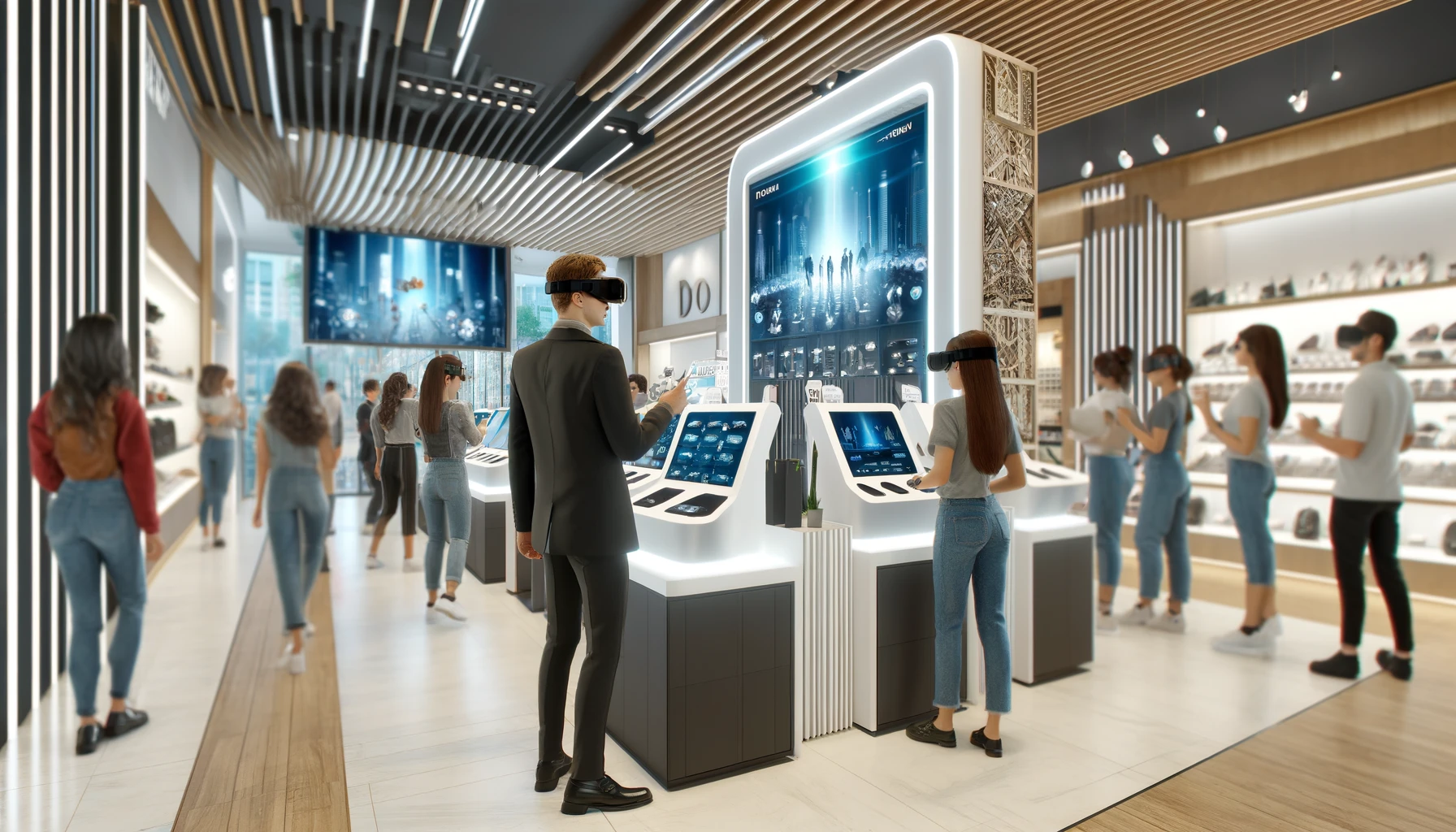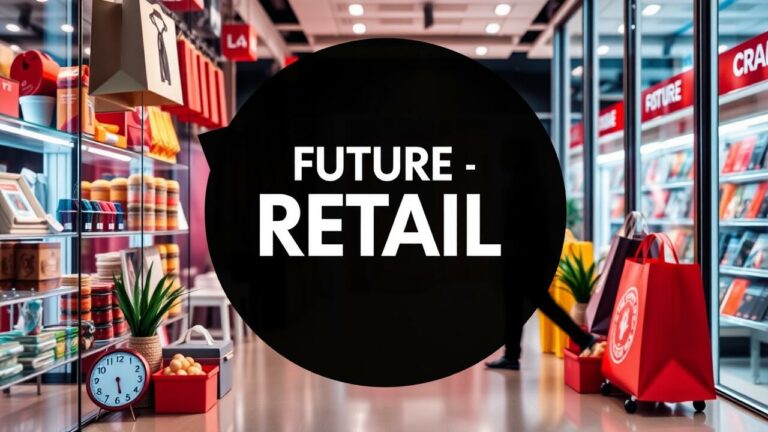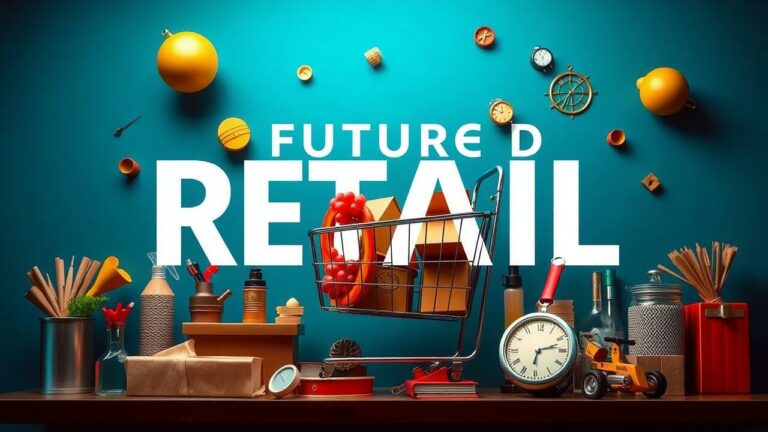What Will Retail Look Like in 5 Years?
The retail industry is in a state of rapid evolution, driven by technological advancements, shifting consumer behaviors, and global economic trends. As we look towards the future, the question arises: What will retail look like in 5 years? This article explores the trends and innovations that are likely to shape the retail landscape, offering insights into what retailers and consumers can expect.

The Rise of Smart Retail
Integration of AI and Machine Learning
Artificial intelligence (AI) and machine learning are set to revolutionize the retail industry. These technologies enable retailers to analyze vast amounts of data to gain insights into consumer behavior, optimize inventory management, and personalize the shopping experience. In five years, AI-driven chatbots and virtual assistants will become standard, providing customers with real-time support and personalized recommendations.
IoT and Connected Stores
The Internet of Things (IoT) will play a crucial role in the retail industry’s transformation. IoT devices, such as smart shelves and connected beacons, will enhance inventory management, reduce theft, and improve customer service. These devices will provide real-time data, allowing retailers to track product movement, monitor stock levels, and offer targeted promotions based on customer location and behavior.
Enhanced Customer Experiences
Augmented Reality (AR) and Virtual Reality (VR)
AR and VR technologies are poised to transform the way customers shop. In five years, virtual fitting rooms and AR-enabled apps will allow customers to try on clothes and visualize products in their homes before making a purchase. This immersive shopping experience will reduce returns and increase customer satisfaction.
Seamless Omnichannel Experience
The future of retail lies in a seamless omnichannel experience, where online and offline channels are fully integrated. Customers will expect a consistent experience whether they are shopping in-store, online, or via mobile apps. Retailers will use advanced data analytics to ensure that customer preferences and purchase history are accessible across all channels, providing a personalized and cohesive shopping journey.
Sustainability and Ethical Practices
Eco-Friendly Retailing
Sustainability will continue to be a major focus for retailers in the coming years. Consumers are increasingly demanding eco-friendly products and ethical business practices. Retailers will need to adopt sustainable practices, such as using renewable energy, reducing waste, and promoting recyclable packaging, to meet consumer expectations and regulatory requirements.
Transparent Supply Chains
Transparency in supply chains will become a key differentiator for retailers. Consumers want to know where their products come from and how they are made. Blockchain technology will enable retailers to provide detailed information about the origin and journey of products, building trust and credibility with consumers.
The Role of Big Data and Analytics
Predictive Analytics
Predictive analytics will become an essential tool for retailers. By analyzing historical data and current trends, retailers can forecast demand, optimize pricing strategies, and improve inventory management. This proactive approach will help retailers reduce costs, minimize stockouts, and enhance customer satisfaction.
Personalized Marketing
Big data will enable retailers to deliver highly personalized marketing campaigns. By leveraging data from various sources, including social media, purchase history, and browsing behavior, retailers can create targeted promotions that resonate with individual customers. Personalized marketing will increase engagement and drive sales, as customers receive offers that are relevant to their preferences and needs.
The Evolution of Physical Stores
Experiential Retail
Physical stores will need to evolve to stay relevant in the digital age. Experiential retail, which focuses on creating memorable and engaging experiences for customers, will become more prevalent. Stores will offer interactive displays, workshops, and events that encourage customers to spend more time in-store and build a deeper connection with the brand.
Smaller, More Efficient Stores
The trend towards smaller, more efficient stores will continue. Retailers will focus on optimizing space and reducing overhead costs. Micro-fulfillment centers, which use automation to process online orders quickly, will be integrated into urban locations to meet the growing demand for same-day delivery.
The Impact of Global Economic Trends
Economic Uncertainty
Global economic trends will have a significant impact on the retail industry. Economic uncertainty, caused by factors such as geopolitical tensions and market volatility, will influence consumer spending patterns. Retailers will need to remain agile and adaptable, adjusting their strategies to navigate economic fluctuations and maintain profitability.
Emerging Markets
Emerging markets will present new opportunities for growth. As disposable incomes rise in developing countries, there will be an increasing demand for consumer goods. Retailers that can effectively penetrate these markets and cater to local preferences will gain a competitive edge. Investing in localized marketing and establishing strong distribution networks will be key to success in these regions.
The Future Workforce in Retail
Automation and Robotics
Automation and robotics will become more prominent in retail operations. From automated checkout systems to robotic warehouse assistants, these technologies will streamline processes, reduce labor costs, and improve efficiency. However, retailers will need to manage the transition carefully, ensuring that employees are reskilled and redeployed to roles that require human touch and creativity.
Focus on Employee Experience
As the retail landscape evolves, the focus on employee experience will intensify. Retailers will invest in training and development programs to equip employees with the skills needed to thrive in a tech-driven environment. Employee well-being and job satisfaction will be prioritized, as a motivated and engaged workforce is essential for delivering excellent customer service.
Conclusion: Embracing the Future of Retail
In conclusion, the retail industry will look markedly different in five years. The integration of advanced technologies, emphasis on sustainability, and focus on personalized customer experiences will drive this transformation. Retailers that embrace these changes and innovate will be well-positioned to thrive in the future.
The key to success lies in staying ahead of trends, leveraging data and technology, and maintaining a customer-centric approach. By doing so, retailers can navigate the challenges and seize the opportunities that lie ahead, ensuring a bright future for the industry.






